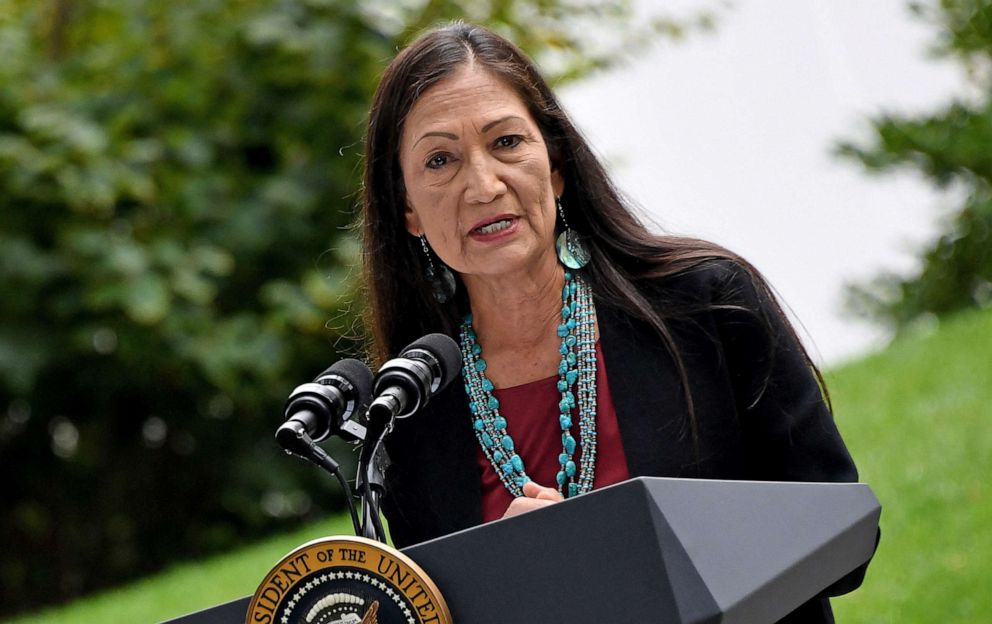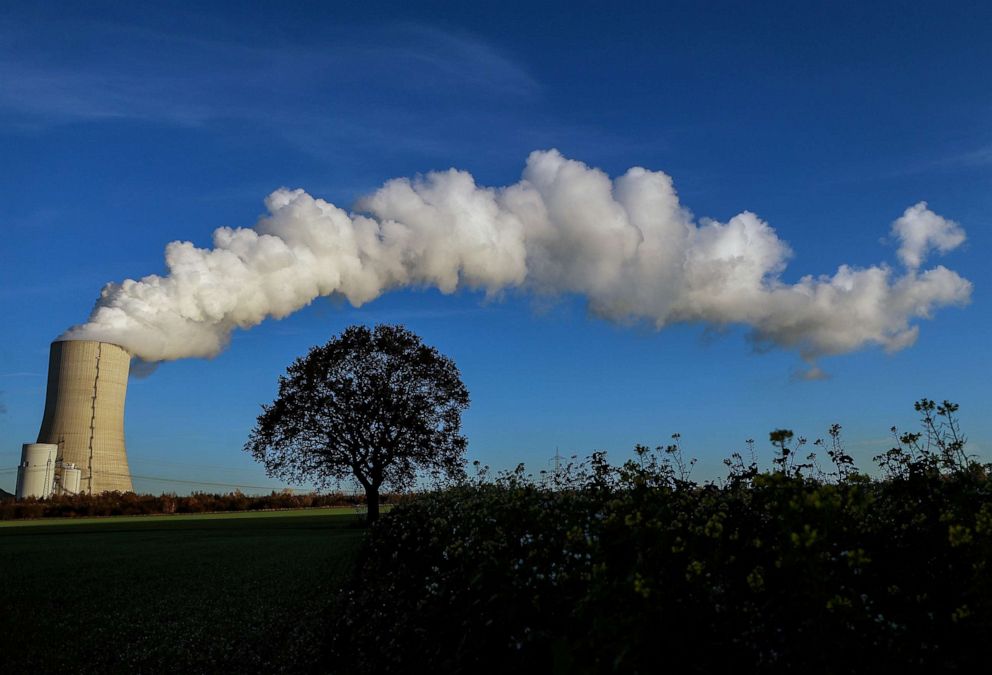American agriculture is ready to tackle climate change, agriculture secretary says
The Department of Agriculture is researching initiatives to invest in more climate-friendly alternatives to traditional agriculture, Tom Vilsack, the secretary of agriculture, told ABC News.
"I was here in 2009 at Copenhagen, and at that point in time, American agriculture was not ready for this day," Vilsack told ABC News’ Maggie Rulli on Thursday. "Today they are, and that is a big difference and an important difference."
Vilsack said he understands why some farmers are reluctant to attribute changes in their land or trends in weather patterns to climate change because many are scraping to get by and can’t take on the cost of changing their operations.

But the Department of Agriculture hopes to take away some of that burden, Vilsack said.
"There’s a tremendous opportunity here for us to make a significant impact early in this process, and we're excited at USDA to be part of part of the solution instead of part of the problem," he said.
About 24% of emissions in the U.S. come from agriculture and land use, according to the Intergovernmental Panel on Climate Change.
-ABC News’ Stephanie Ebbs






